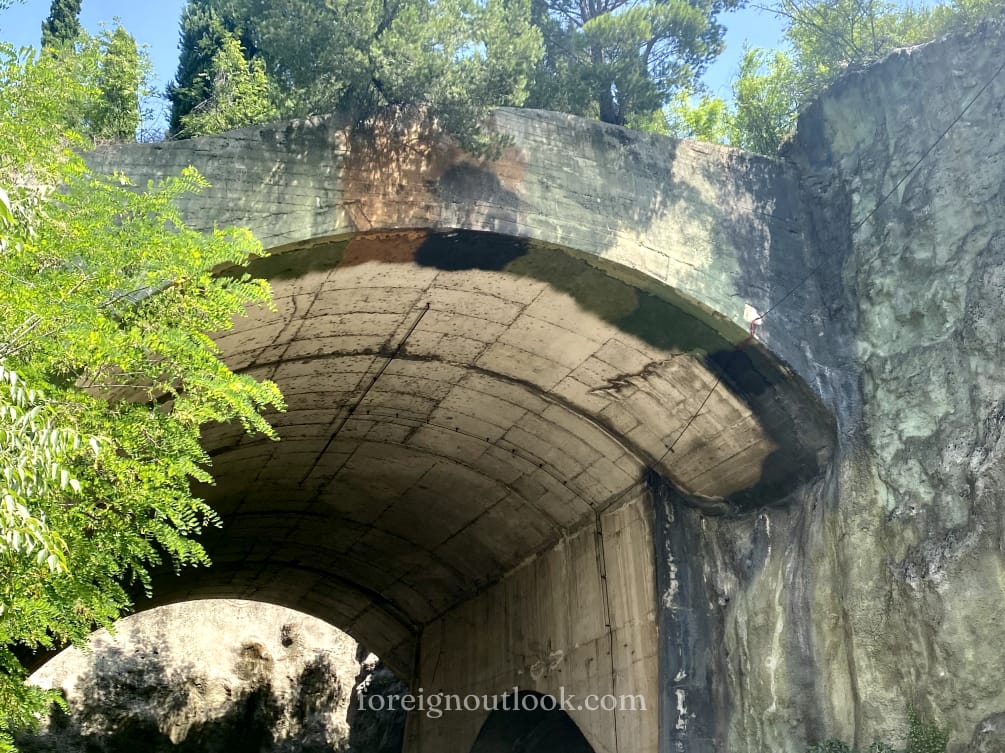In a region that has faced countless wars and conflicts, some of the countries that made up former Yugoslavia remain, to this day, in a state of recovery. Signs of destruction expose the nation’s bleak history, showcasing crumbling façades amidst remains that were once military secrets.
A Secret Hidden in Plain Sight
In the middle of a tour of Mostar, our car stopped in a nondescript road branching off of the highway. It was overgrown with plants, seemingly leading to nowhere. Our tour guide refused to ruin the surprise, leading us further down the road as we wondered what lay ahead.
Walking for some time, we finally arrived to the end of the road. Our gazes drifted upwards as we observed the massive camouflaged concrete opening in front of us. Our tour guide stopped us to explain what we were looking at, which was, in fact, a hidden airplane hangar.
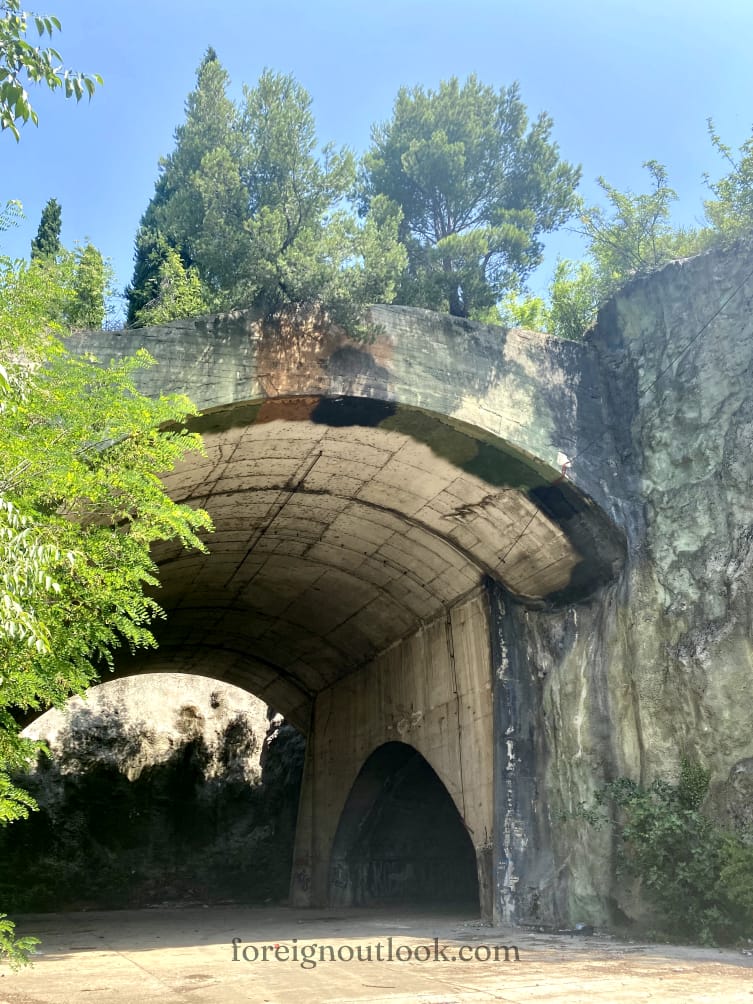
Historical Background
After Tito’s death in 1980 (Yugoslavia’s lifetime president), generals from the Yugoslav national army replaced the leadership position. Paranoid about possible invasion from foreign powers, these leaders started preparing the nation for war. As such, they created a top secret military project called “Yugoslavian underground facilities”.
The belief was that in the case of invasion, foreign powers would disable the military airports first. The hangar’s strategic location next to the airport, however, ensured that they could move every fighter jet safely to cover along the road that connected the two. They spent three years building this underground air force base, complete with a bunker.
Nearby, several large metal factories were producing and exporting aluminum, iron, and steel products. Unknown to the public, however, they also had secret contracts with the army, creating arms and weapons for the military. They produced two different types of fighter jets (code named “Eagle” and “Seagull”) and one type of fighter helicopter (code named “Godzilla”). Yugoslavia’s capacity to produce this type of machinery demonstrated its wealth and prosperity at the time.
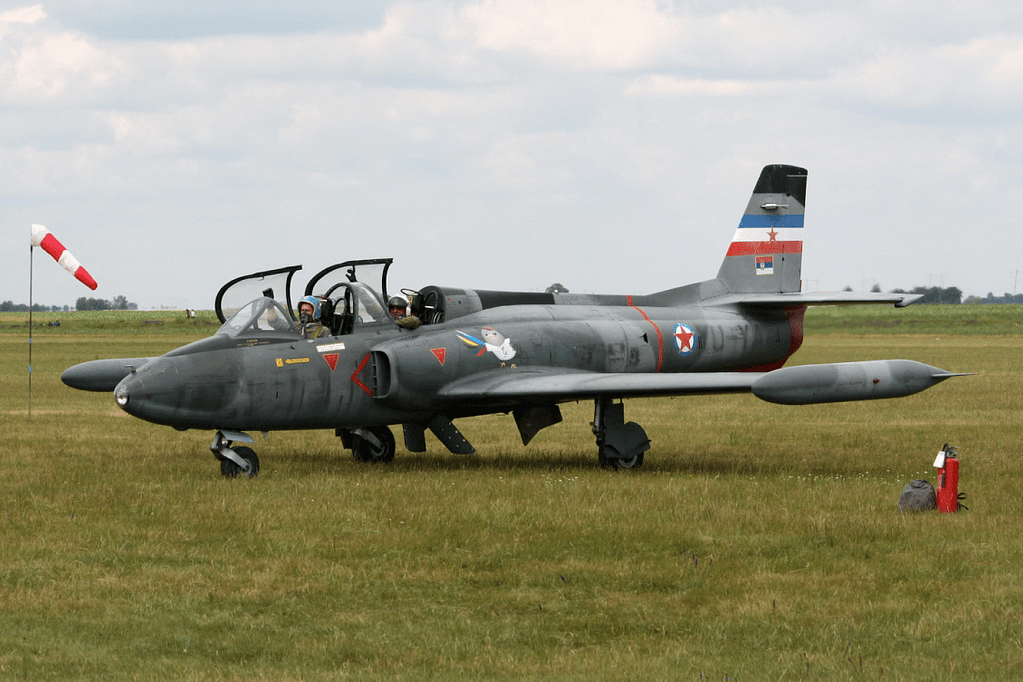
An Abandoned Hangar
This spot was kept hidden for over ten years by the communist army. In the summer of 1992, it was finally discovered when the Bosnian War broke out. UN peacekeeping forces briefly used it during the war, utilizing the airport and hangar for logistics and shelter.
When the hangar was discovered, everything was still fully functional except the fighter jets, which were moved to Belgrade, Serbia. Since the end of the war in 1995, however, it has remained abandoned by a government which already has enough reminders of the conflicts.
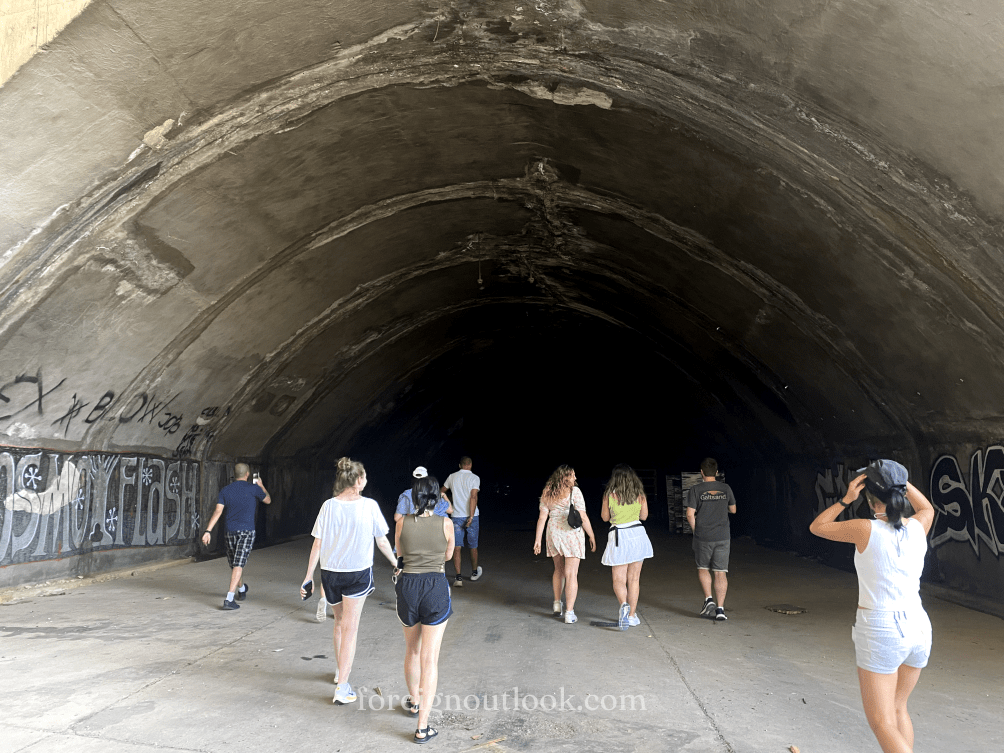
As we headed inside, the arched ceiling created an ominous atmosphere. Walking further in, the complete darkness (aside from our flashlights) paired with the cold, humid underground climate sent chills down our spines. “In the last 25 years, local people from the suburbs with very low incomes stole everything inside and vandalized the entire base,” our tour guide mentioned, “so now it’s completely empty.”
Eventually, we reached a doorway in one of the sides of the hangar, leading to the bunkers that allowed for 60 people to live inside for up to six months. On the ground floor, kitchens, private rooms, bathrooms, and big dormitories made up their living space. On the floor above, they would store their supplies, such as food, drinkable water, medicine, and fuel for the generators.
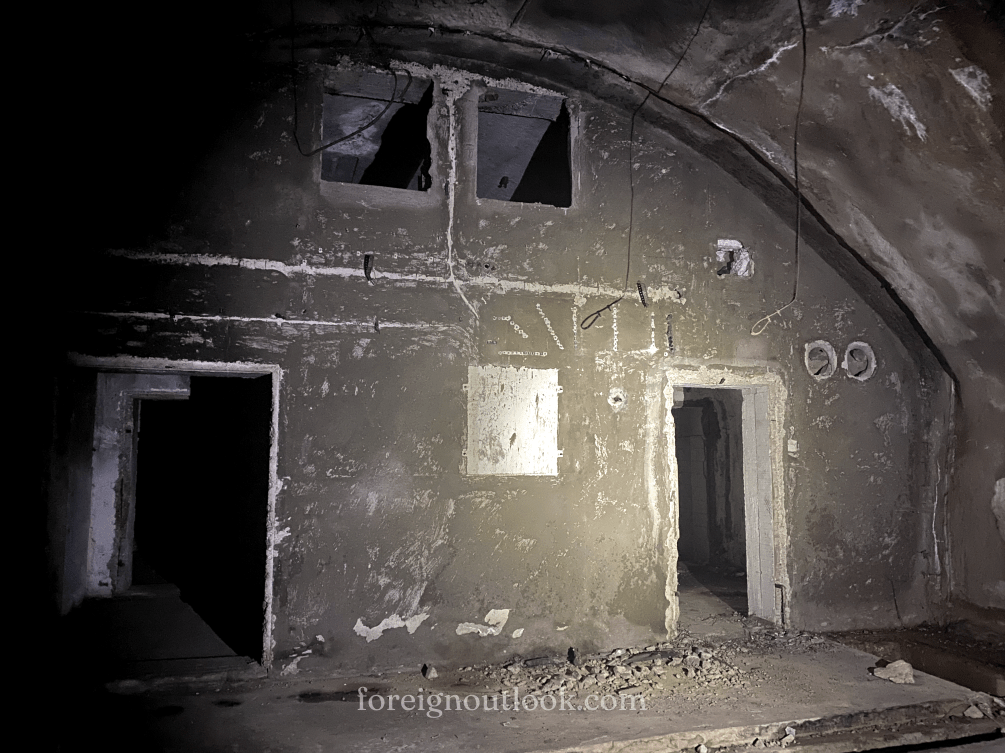
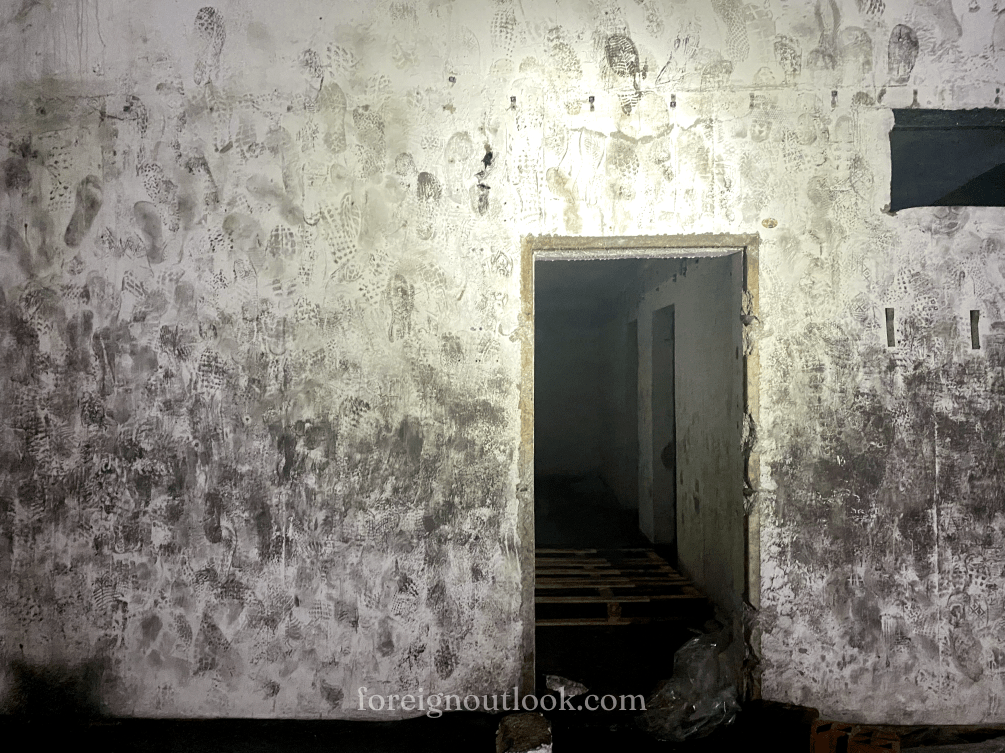
Stepping from room to room inside the bunker, everything laid barren. Shattered countertops and broken pipes composed a skeleton of the interior, providing a glimpse into the modest living conditions of the bunker and leaving the details up to our imagination.
As we exited the hidden sight, I looked back into the dark and ominous void with a newfound appreciation of the sacrifices that so many have made during these painful wars.
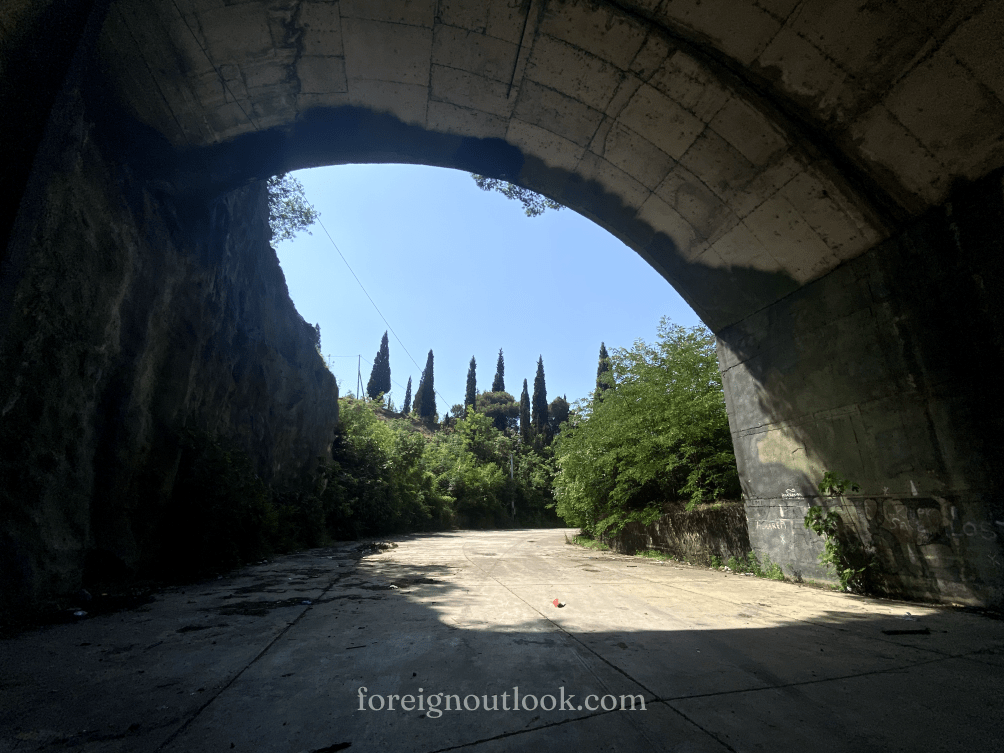
Sources
Airshow on Čenej Airport, Novi Sad. Galeb G2 YU-YAB. Wikipedia, en.wikipedia.org/wiki/ Soko_G-2_Galeb.
